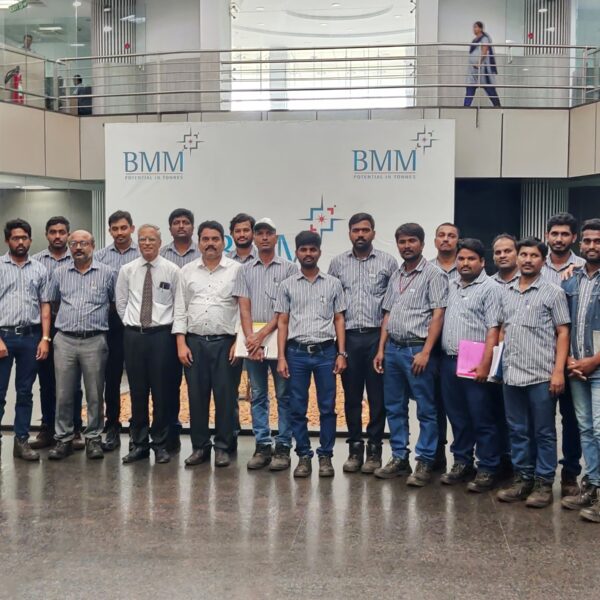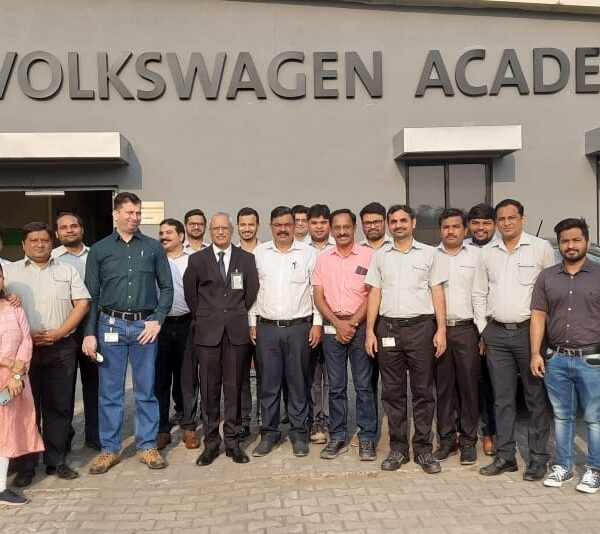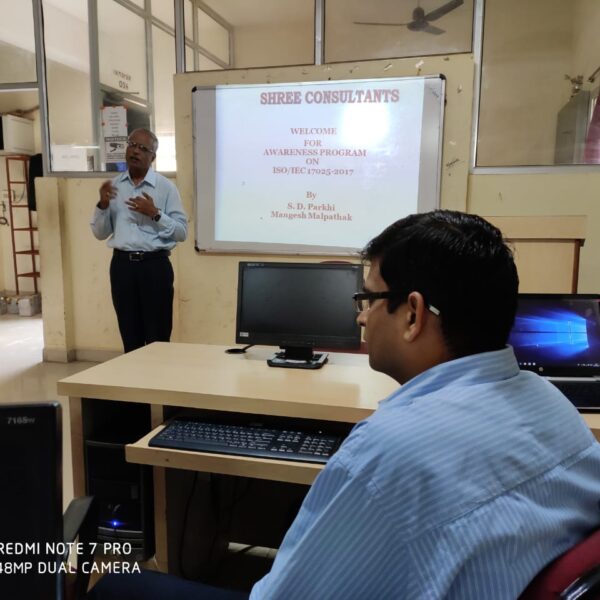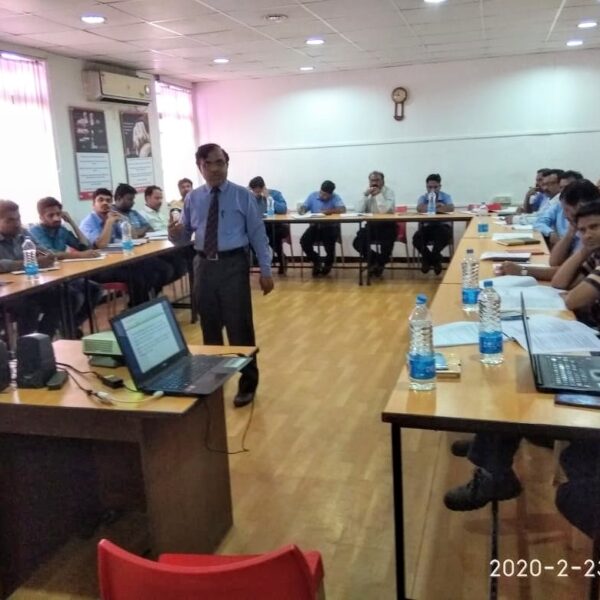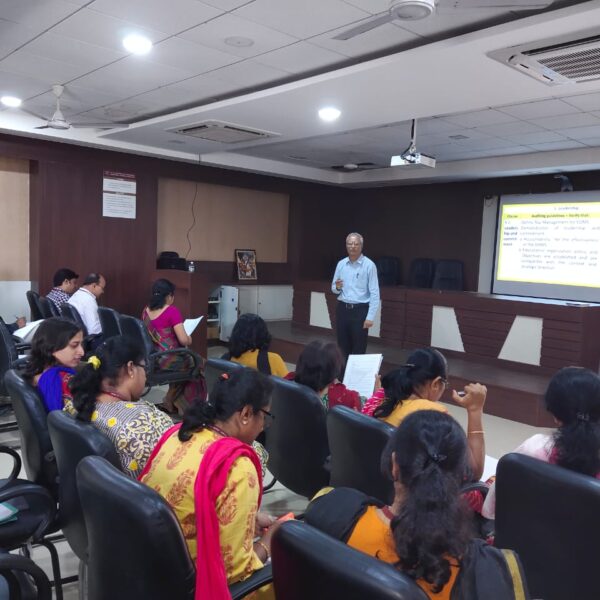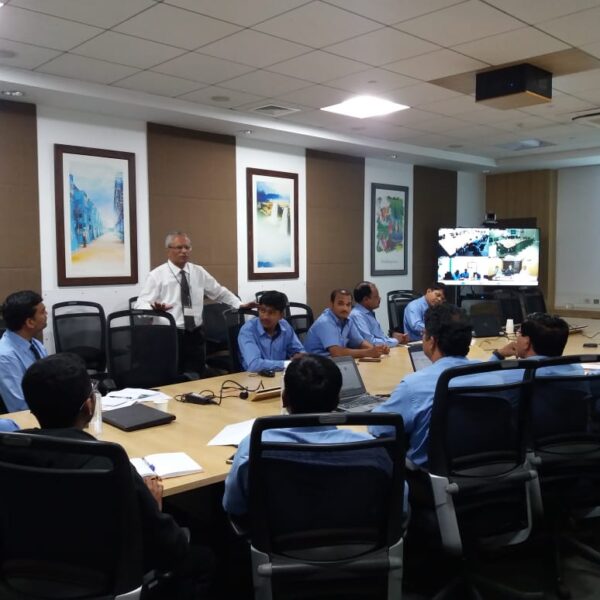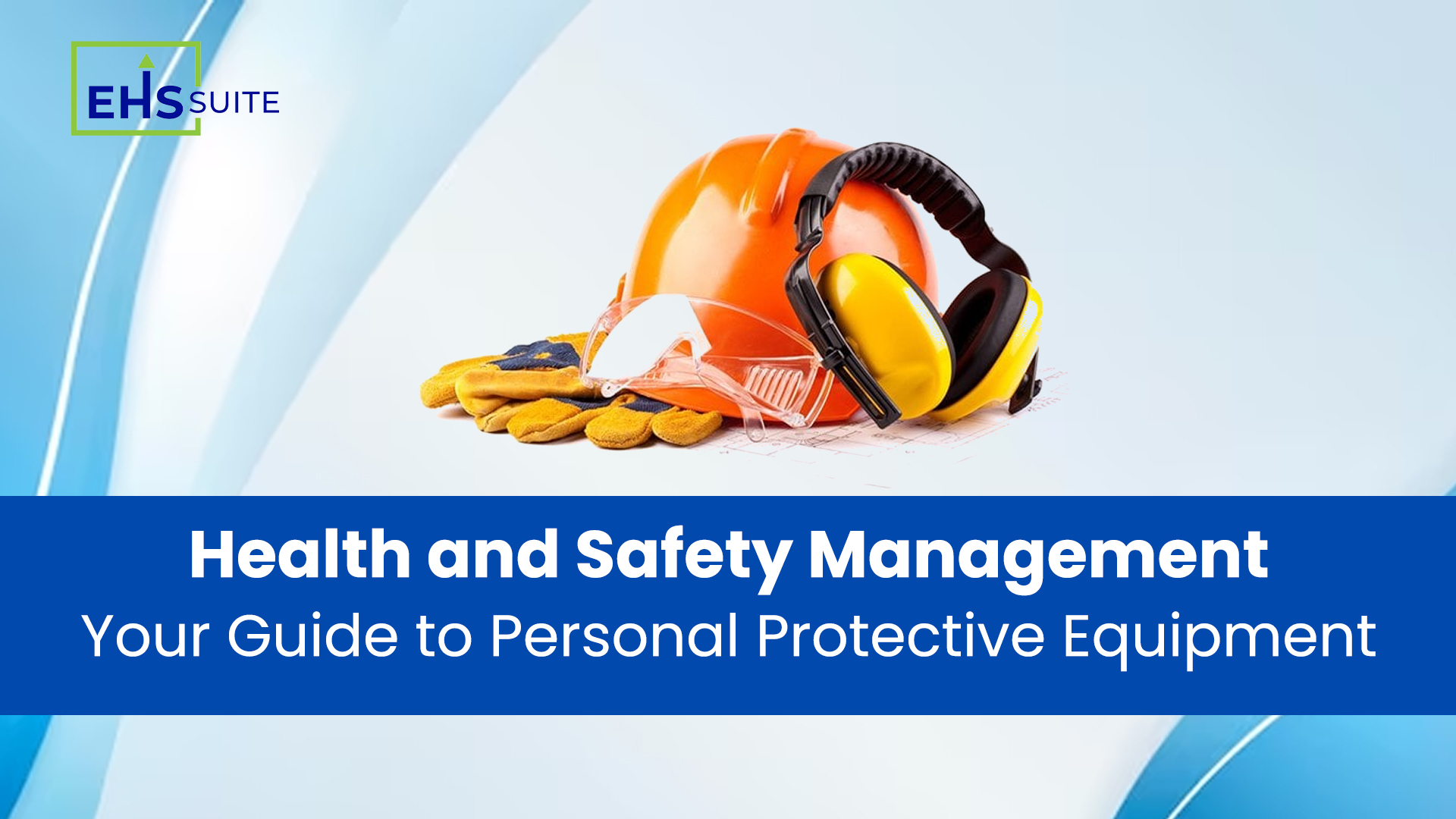Health and Safety Management: Your Guide to Personal Protective Equipment
Personal protective equipment commonly referred to as PPE, plays a crucial role in ensuring the safety and well-being of individuals in various industries and situations. Whether you’re a healthcare worker, a construction professional, or someone concerned about everyday safety, understanding PPE is essential. The health and safety management system ensures that each worker on-site is properly equipped with various protective equipment pre-specified in the work permit system.
What is PPE in health and safety management?
Personal protective equipment encompasses a wide range of equipment and clothing designed to protect individuals from potential hazards in the workplace or other environments. PPE is an essential part of the EHS management system and is used to mitigate the risks associated with various tasks and activities.
Types of PPE
Personal Protective Equipment is not one-size-fits-all, it is specific to the type of hazard or risks a person may encounter according to the work location. Here are the main categories of PPE:
Hand and Arm Protection
Gloves and arm coverings shield the hands and arms from cuts, abrasions, chemicals, and temperature extremes. Workers are expected to wear cotton hand gloves for regular work activities and protection from minor injuries. However, specific hand gloves are designed to shield hands from harm because of exposure to potentially harmful materials, electrical heat, stress, or fire while working.
Ear and Head Protection
These PPEs include hard hats and helmets designed to protect the head from falling objects, impact, and electrical hazards. Ear protection is necessary in areas with high noise generation.
Eye and Face Protection
Face shields are mentioned as extra personal protective equipment (PPE) in the work permit system to guard the face and/or eyes from potentially harmful chemical or material splashes. These include safety glasses, goggles, and face shields that shield the eyes and face from flying debris, chemicals, and harmful radiation.
Full Body Double Lifeline Safety Harness
Full-body double lifeline safety harnesses, lanyards and anchor points are used to prevent falls from heights. These types of equipment are common in the construction industry and other work sites with elevated locations. A fall arrest device is a safety belt with a lifeline. The use of only a full-body safety harness equipped with two lifelines is recommended by health and safety management. It is necessary to provide this information if the workers need to reach a height of 1.8 metres or higher on exposed surfaces, structures, or brittle roofs. An anchoring mechanism must be used to secure the lifeline.
Body Protection (Specify Type)
Workers are advised through the work permit system to wear coveralls, vests, and aprons to protect against chemical splashes, excessive heat, fire, cryogenic liquids or other hazardous substances. The following protective suits are specified as necessary for the safe execution of work:
- PVC suit (with or without hood) – To guard against possible chemical splashes
- Aluminized glass fibre suit – To shield from intense heat and fire
- PVC hood/suit with airline – To work in hazardous environments and provide respiratory protection as well as protection from chemical contact.
- Cold suit – To protect you from extremely low operating temperatures when working in chambers or storage areas.
Foot/Leg Protection
Safety shoes, boots, and leg gaiters safeguard the feet and legs from impacts, punctures, chemical splashes and electrical hazards.
Online air air-breathing apparatus
Jobs involving chemical vapours/dust must be done by wearing an online air mask. Dust masks, respirators, and breathing apparatuses safeguard against inhaling hazardous substances, like dust, fumes, or chemicals.
Airline Mask/SCBA/Cartridge Gas Mask
Appropriate respiratory protection must be specified while working in an open or restricted location where a person may be exposed to harmful chemicals according to the EHS management system. When the oxygen content is less than 20% or the work environment is inert, respiratory protection is necessary. It is crucial for those using respiratory equipment to have validation and training.
- To protect the respiratory system from harmful gases, vapours, fumes, etc., many types of respirators are utilised. These include cartridge gas masks, aeroplane masks and self-contained breathing apparatus (SCBA).
- Using a cartridge gas mask in an oxygen-deficient or inert gas-filled workplace is not recommended. Cartridge gas masks are utilised only when there are known low amounts of pollutants present in the environment.
Dust Mask
Dust masks are recommended in places where people may be exposed to dangerous dust or fibre particles.
How to Choose the Right PPE?
Choosing the right PPE as suggested by health and safety management is essential for ensuring its effectiveness. Here’s how to go about it:
- Hazard Assessment
The type of PPE required is based on the level of hazards and potential risks present in the work environment.
- Regulatory Compliance
It is necessary to ensure that the protective equipment used meets the required safety standards and regulations as specified by the health and safety management system.
- Fit and Comfort
Ensure that your personal protective equipment fits well and is wearable for extended periods. Uncomfortable PPEs lead to non-compliance.
- Durability
Choose PPE made from high-quality materials that can withstand the intended use and provide adequate protection.
- Training
Proper training for the correct use and maintenance of PPE is vital to ensure its effectiveness.
Why Does the Work Permit System Stress Using PPE?
The health and safety management places a significant emphasis on using Personal Protective Equipment (PPE) for several crucial reasons:
- Worker Safety
The primary objective of personal protective equipment is to ensure the safety of workers during hazardous tasks. PPE is the last line of defence against workplace hazards. It provides a physical barrier that protects workers from injury, illness, and exposure to harmful substances.
- Injury Prevention
In order to safeguard workers from injuries caused by falling objects, chemical spills, electric shocks, respiratory hazards, and more the EHS management system specifies mandatory use of PPEs in workplaces. They significantly reduce the chances of serious injuries or even fatalities.
- Regulatory Compliance
Occupational safety regulations and standards often require the use of PPE in specific work environments. Compliance with these regulations is mandatory to avoid legal consequences and penalties.
- Liability and Reputation
Companies that prioritize worker safety through the use of PPE not only protect their employees but also reduce the risk of lawsuits, negative publicity, and reputational damage due to workplace accidents.
PPE in Different Industries
PPE is widely used in various industries to protect workers and individuals in specific environments:
Construction
Construction safety management suggests workers use PPE such as hard hats, safety glasses, and steel-toed boots to protect against falls, head injuries, and other job-specific hazards.
Manufacturing
Factory workers often require protective equipment to shield themselves from machinery-related injuries and chemical exposures.
Mining
Miners wear specialized PPE to prevent injuries from rockfalls, explosions, and exposure to dust and chemicals.
Oil & Gas
Oil and gas EHS software recommends workers in the oil and gas industry use face shields, dust masks, chemical-resistant suits and confined space entry equipment for their well-being and protection at work sites.
Power Plants
Chemical-resistant face shields, goggles, aprons and suits as well as equipment providing protection against radiation along with other necessary protective equipment are of utmost importance at power plant sites.
The Future of PPE
As technology advances, so does PPE. Innovations include smart helmets, augmented reality safety glasses, and advanced respiratory protection devices. These advancements improve safety and provide additional features, such as real-time data monitoring and communication capabilities.
Personal Protective Equipment is a cornerstone of safety in various industries. By understanding the types of PPE, how to select the right equipment under the guidelines of health and safety management and its significance in different fields, you can ensure a safer and more secure environment for yourself and others. PPE is not just about compliance; it’s about preserving lives and well-being in the face of potential hazards.

